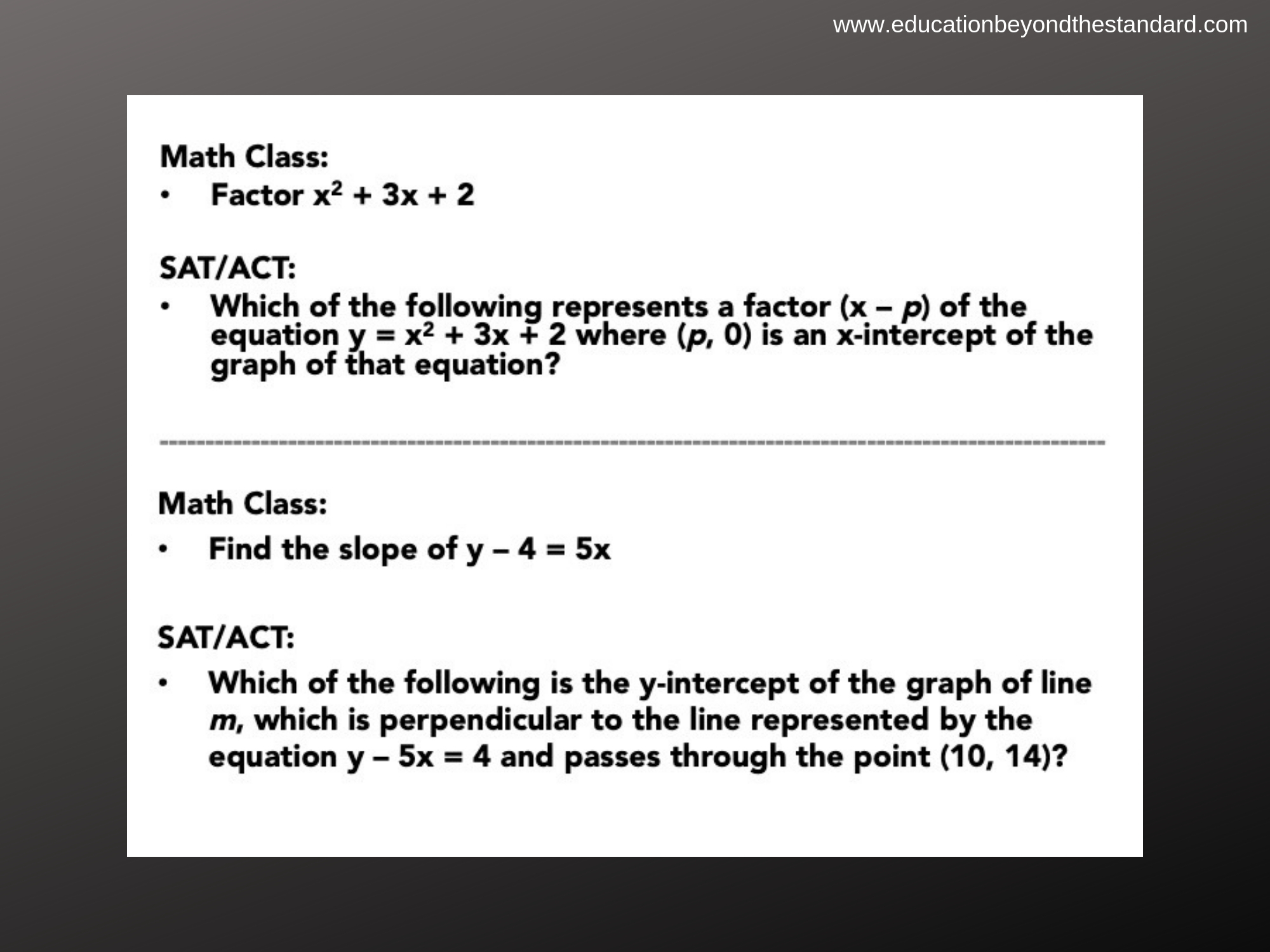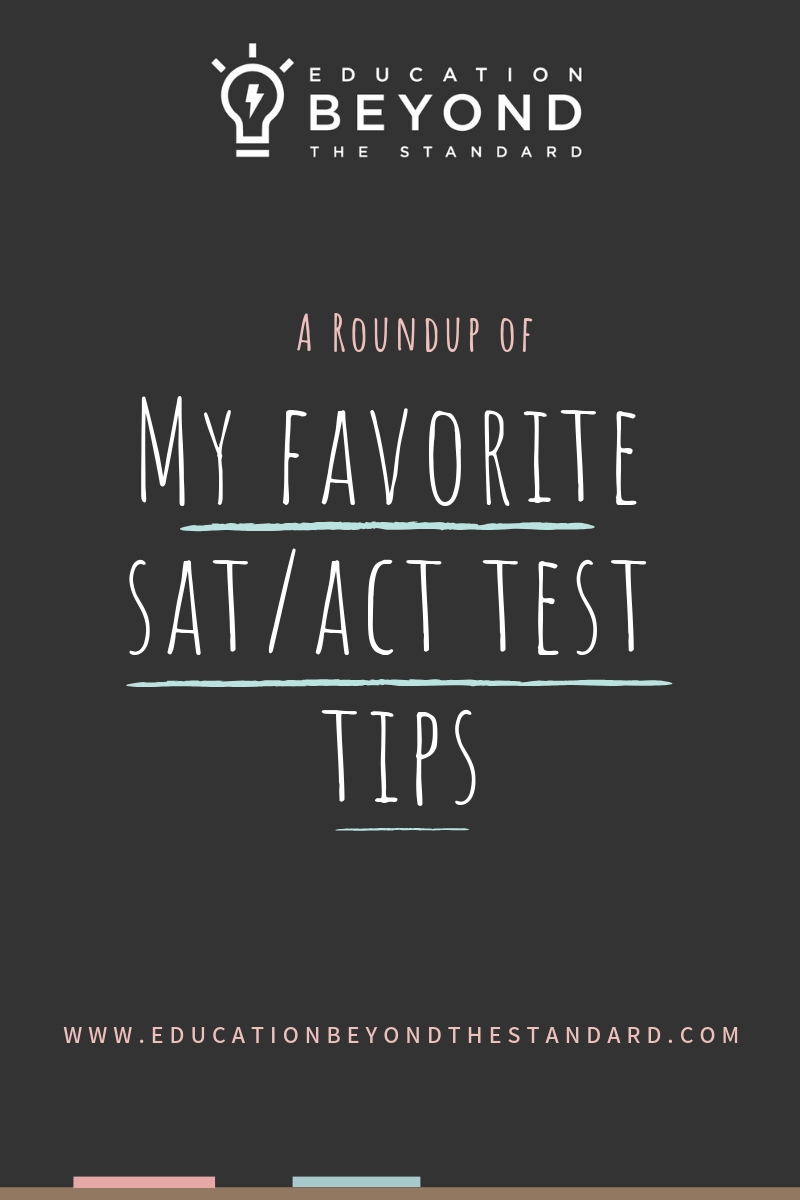Teaching Kids to Think Like Lawyers: A Process for More Objective/Logical Thinking and Writing
/Education is not the learning of facts but the training of the mind to think. —Albert Einstein
Backstory
My first few weeks of law school were pretty terrible. I’d always done well in school and had gotten good grades on my written work, but suddenly I had to learn to think in a whole new way, a way that at first felt constrained and forced. I wanted to think and write freely and law school was trying to put me in a box. I didn’t want to be a box person!
My intellectual rebellion didn’t last long. What I realized was that, while I may have been reasonably analytical, I’d never learned to approach an issue/topic/question with a consistent and effective process or structure. My thinking (and therefore my writing) was haphazard. I could hit the mark and veer sharply from it without even noticing. And the reason was that there was no structure to guide me. I was basically throwing intellectual noodles at a wall and seeing which ones would stick.
Once my thinking was cleaned up and organized around a repeatable process, I realized that I could approach any problem or question with the process and reach a pretty solid conclusion. My writing followed suit. Instead of being a dreaded box person, I was someone who could confidently approach any given topic and produce a coherent analysis and conclusion.
And instead of being someone who formulated an opinion and then tried to defend it, I was becoming someone who followed a process that allowed me to make conclusions only after all of the relevant facts, rules, principles, etc. had been considered.
Why Teach This Approach to Our Students?
In theory, a lawyer-esque approach to resolving a question or problem is more balanced and less prone to personal biases. It’s the type of thinking that judges use to resolve legal matters without being swayed by their own beliefs (we hope). It’s thinking that is focused on reaching the most rational conclusion rather than defending an already decided upon position.
How easy is it to get hung up defending an argument or perspective that we may not have reached through much analysis at all? The confirmation bias and its close and perhaps more accurately termed cousin, the desirability bias, make it difficult enough for us to see beyond our own preexisting beliefs (or what we wish to be true).
Being able to defend a position persuasively is a great skill, and we should be able to do it effectively. But we get a lot more mileage out of being able to examine a problem thoroughly using a process most likely to produce a reasoned analysis and conclusion.
I believe this is what we desperately need more of in society—thinkers who are more interested in exploring problems and using analytical reasoning to arrive at solid conclusions than in defending their own beliefs. I think we can and should teach this approach to our students, as early as possible.
“It is better to debate a question without settling it than to settle a question without debating it.”
—Joseph Joubert, French essayist
The Process: I.R.A.C. (Issue, Rule, Analysis, Conclusion)
I = Issue
Step one: define the issue. It sounds deceptively easy, but it’s the most crucial step. We need some specificity, since broad, open ended questions don’t lend themselves to sharp analysis. Here are some examples of well and poorly defined issues.
The question is to what extent the Cold War arms race hastened the collapse of the Soviet Union. (Good)
What was the overall impact of the Cold War arms race? (Too broad/open ended)
To what extent was Napoleon’s (Animal Farm) use of revisionist history effective in establishing his complete control over the other animals? (Good)
How did Napoleon in Animal Farm use revisionist history? (Too broad/open ended)
Should the government ever be able to seize people’s land? (Too broad/open ended)
Is it fair for the government to seize a portion of unused land in order to widen a state highway, assuming the landowner is paid a fair price? (Good)
R=Rule
Once we’ve defined the issue with a more specific lens, we need to figure out what rules, framework, principles, laws, definitions, precedents, or guidelines impact our analysis. In other words, we have to discuss the standards that are relevant to our analysis.
In the Cold War example, we’d want to clarify what is meant by the arms race (including specifics on spending by each country), define any key economic terms or indicators, and lay out the timeline of the collapse of the Soviet Union. In the Animal Farm example, we’d want to define and clarify exactly what we mean by revisionist history and identify the methods of revisionist history used by Napoleon. In the land seizure example above, we would want to research the laws and Supreme Court cases that apply to land seizure by the government.
The key is that we’re setting the stage for our analysis by uncovering all of the relevant rules, framework, standards, and definitions that our analysis will be based on.
A=Analysis
Here’s where we get into the meat of things. This is where we apply the rules, definitions, principles, standards and guidelines to the facts of our particular situation.
In the Cold War example, we’d want to discuss the specific impact of the arms race in terms of arms expenditures by each country and the economic and other impacts of such spending by the Soviet Union in particular.
In the Animal Farm example, we’d want to discuss the impact of the revisionist history techniques used by Napoleon on the other animals-did they believe them or go along with them?
In the land seizure example, we’d want to discuss if or why it matters under the law that the land is not being used (as opposed to if it were currently being used for a shopping mall, for example). We’d also want to discuss whether it matters what the government intends to use the land for.
C=Conclusion
Only after we’ve done all of the intellectual heavy lifting may we finally reach a conclusion. Note that this is basically the opposite of what we teach in persuasive writing.
The conclusion should flow naturally from the analysis that we’ve completed. It may be a more limited, or qualified conclusion, but something definitive must be concluded.
In the Cold War example, we may conclude that the arms race spending accelerated the demise of the Soviet Union, or that the demise was inevitable due to other factors. In the Animal Farm example, we may conclude that Napoleon’s use of revisionist history helped him consolidate and increase his power over the other animals (or not). In the land seizure example, we may conclude that it is fair that the government seize unused private land only for an important public purpose and with fair compensation (or not).
The key is that the conclusion flows from our analysis and not vice versa.
Ideas for Teaching The Process
This is a great process to use for “opinion papers,” research papers, and persuasive essays. I’ve found it effective to use examples, such as the ones above, to illustrate the process. The examples can of course be modified to suit different grade levels and subject areas. Here are a few ideas for applications across different subject areas:
For Biology, have students use the process to do a research paper or opinion essay on the ethics of cloning.
For U.S. History, students can use the process to write an essay on the use of atomic weapons by the U.S. military in World War II.
For English, students can use the process to write an essay analyzing the author’s use of a certain technique, symbol, or literary device and its impact.







